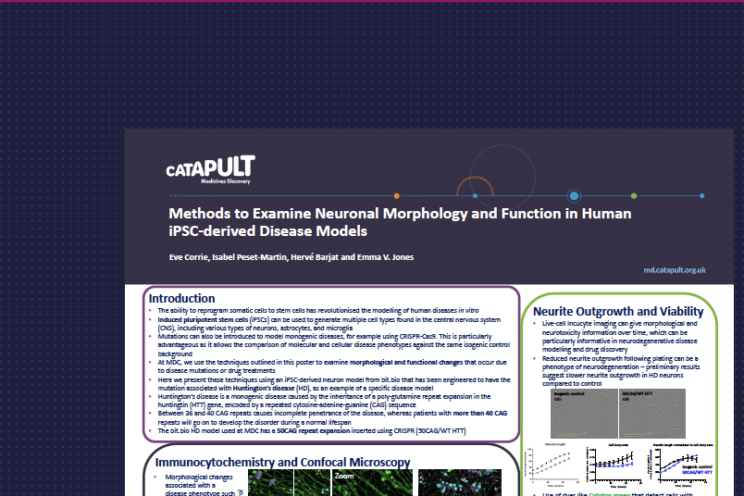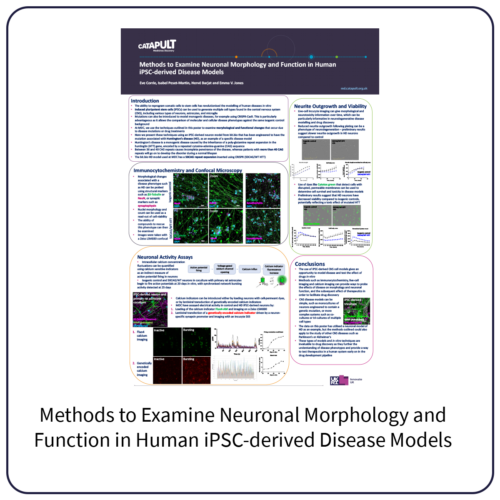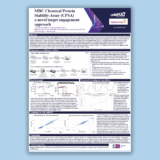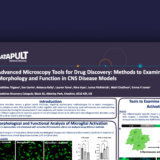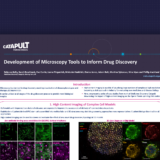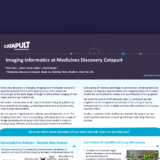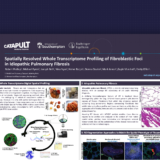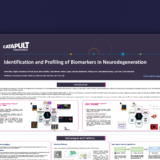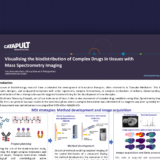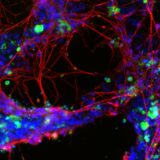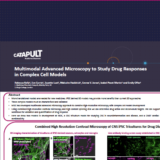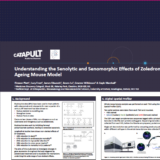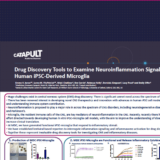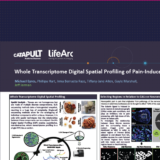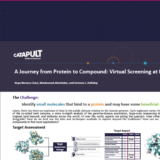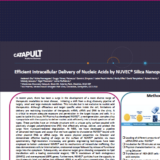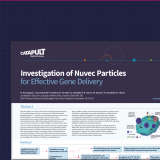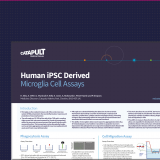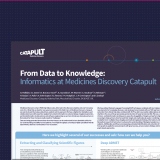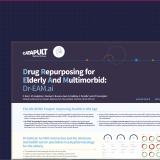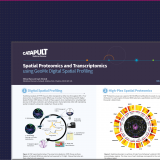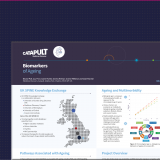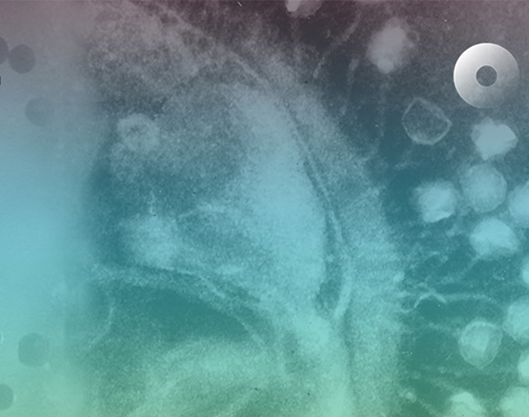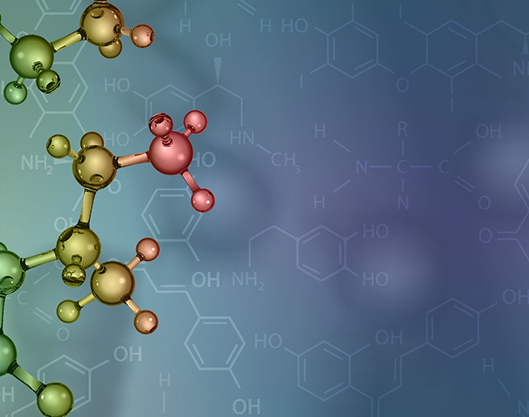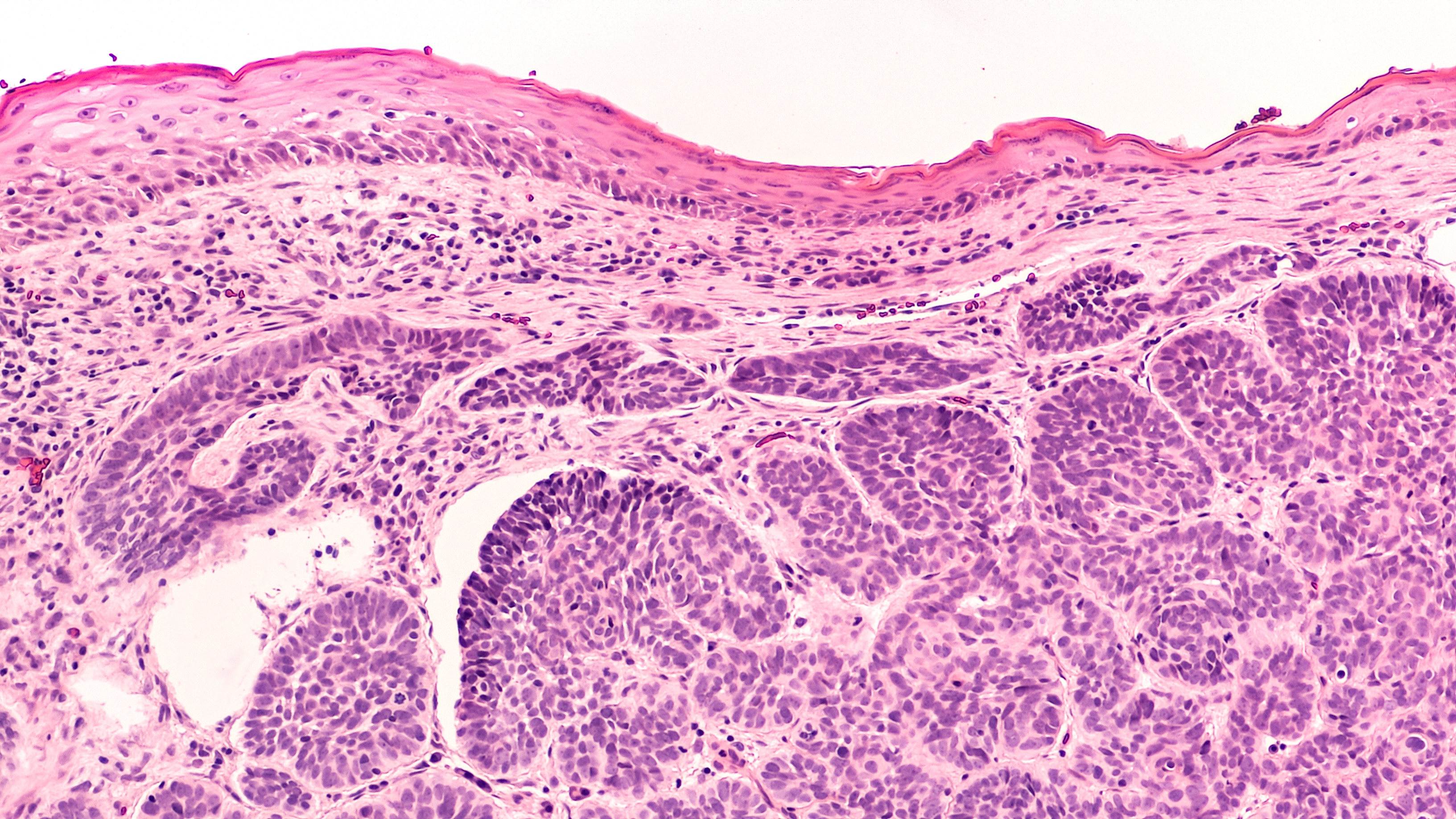Methods to Examine Neuronal Morphology and Function in Human iPSC-derived Disease Models
- The ability to reprogram somatic cells to stem cells has revolutionised the modelling of human diseases in vitro
- Induced pluripotent stem cells (iPSCs) can be used to generate multiple cell types found in the central nervous system (CNS), including various types of neurons, astrocytes, and microglia
- Mutations can also be introduced to model monogenic diseases, for example using CRISPR-Cas9. This is particularly advantageous as it allows the comparison of molecular and cellular disease phenotypes against the same isogenic control background
- We use the techniques outlined in this poster to examine morphological and functional changes that occur due to disease mutations or drug treatments
- Here we present these techniques using an iPSC-derived neuron model from bit.bio that has been engineered to have the mutation associated with Huntington’s disease (HD), as an example of a specific disease model
- Methods to Examine Neuronal Morphology and Function in Human iPSC-derived Disease Models
- This poster was created for ELRIG Drug Discovery 2022.

